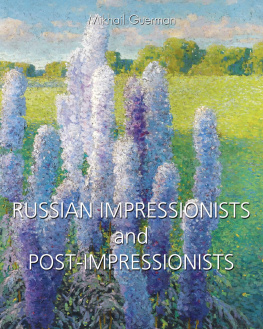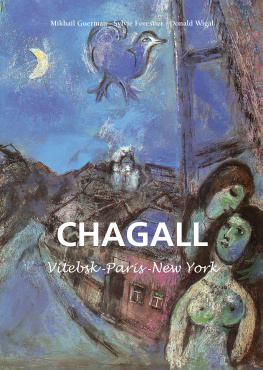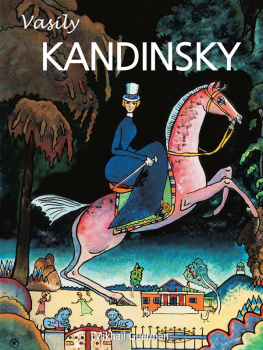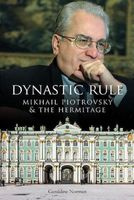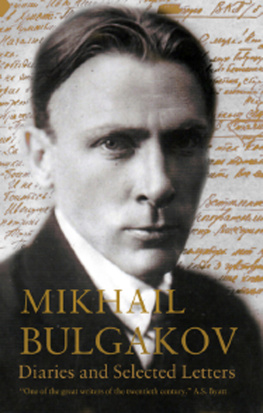All rights reserved. No part of this may be reproduced or adapted without the permission of the copyright holder, throughout the world.
Unless otherwise specified, copyright on the works reproduced lies with the respective photographers. Despite intensive research, it has not always been possible to establish copyright ownership. Where this is the case, we would appreciate notification.
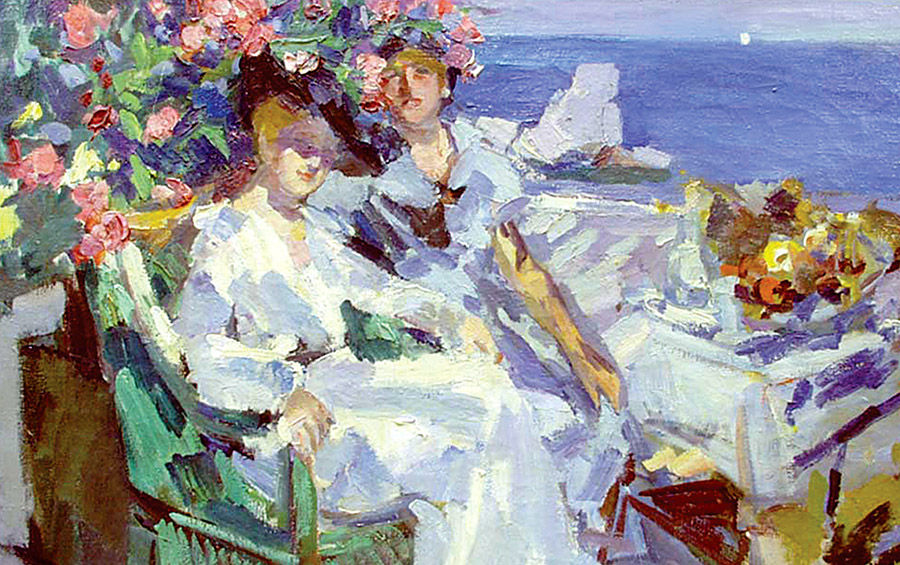
Konstantin Korovin, Two Ladies on a terreace, 1911. Oil on canvas, 58 x 75 cm. Private collection
France Russia Sources of dialogue
A woman was speaking: Paintings these daysjust terrible! Nothing but brushstrokes and brushstrokes. Quite impossible to understand. Horrible! The other day I saw an exhibition in St. Petersburg. I was told they were impressionists. There was one painting of a stack of hay, and just imagine, it was blue! Horrible I tell you. Our hay, and I believe, hay everywhere, is green, isnt it? But here the hay was blue! Nothing but brushstrokes and brushstrokesThey say its the work of some famous French impressionist.
Constantin Korovin
We are condemned to know things only through the impression they make on us.
Anatole France
There has probably never been another European culture more ready to take on Impressionism and its principles than the Russian culture.
No doubt, under the influence of the Impressionists, the palettes of many a painter, who had never even thought of giving up detailed subject-matter, became brighter and more artistic.
Of course, many who remained faithful to socialist realism painted canvases with a subtle understanding of values, vivacity of improvisation and vigorous artistry. There were also painters in Russia, who, filled with the powerful spirit of impressionism, used its system and poetics.
But if while speaking of Russian art, historians calmly use the terms classicism romanticism, and later avant-garde, or non-figurative art, they hesitate to use the words Russian Impressionism.
And rightfully so. For, the preceding tendencies which transformed the plastic, spatial, and chromatic structures and changed the styles- going from volume and lines, to spots and colours, from surface to depth, from rules and regulations to improvisation- never questioned the pre-eminence of content and idea.
Furthermore, even the Russian avant-garde, having done away with subject and narration, kept content and program. Russian cultural tradition could hardly accept spontaneity and pure aestheticism.
The influence of French culture on Russian culture has always been powerful but never simple. Opening a window to Europe, Russia was more turned towards Germany and Holland than France. Germans were called to serve in Russia, the nobility of St. Petersburg was educated in German, and German became the primary language of Russian science.
More prone to self-analysis than to pragmatism, the Russian mentality, prone to pragmatism, has always been closer to the gloomy German genius than to the sharp Gallic wit. (Alexander Blok)
The situation only started to change as of 1789, when many members of the French nobility immigrated to Russia. However, the precise Cartesian clarity was not accepted in Russia as easily as it was in France and met with suspicious resistance.
Through the mouth of the Italian hero in his famous essay called Rome, Nikolai Gogol at once admires and refutes the French value system: He saw how the French seemed only to work in their heads. With all their shining traits, with all their noble impulses and knightly outbursts, the entire nation is somehow pale and incomplete, a light vaudeville.
Not one great and majestic idea has taken root there. Everywhere there are nothing but allusions to thoughts without the actual thoughts themselves.
Everywhere, nothing but feeble passions but no real passion. Everything seems unfinished, as if sketched with a quick hand. The entire nation is a bright vignette, but not the painting of a great master.
Despite the obvious injustice, this passage brilliantly expresses not so much the Italian, but the Russian literary conception of French civilisation.
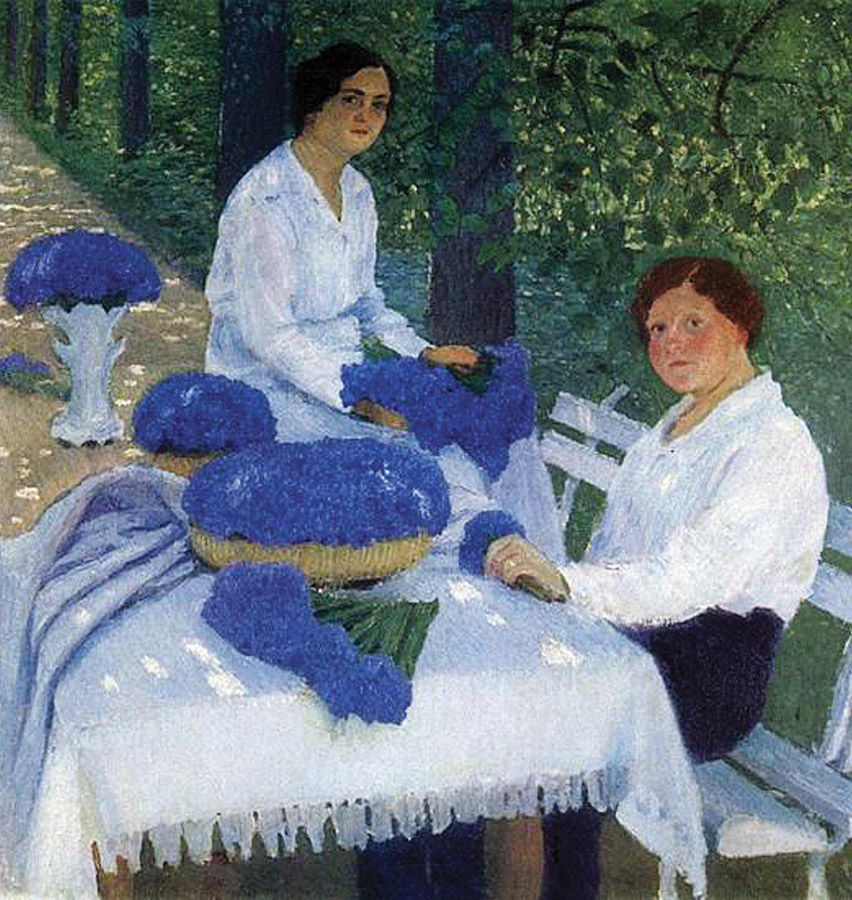
Igor Grabar, Group portrait with cornflowers, 1914. Oil on canvas, 142 x 142 cm. Private collection.
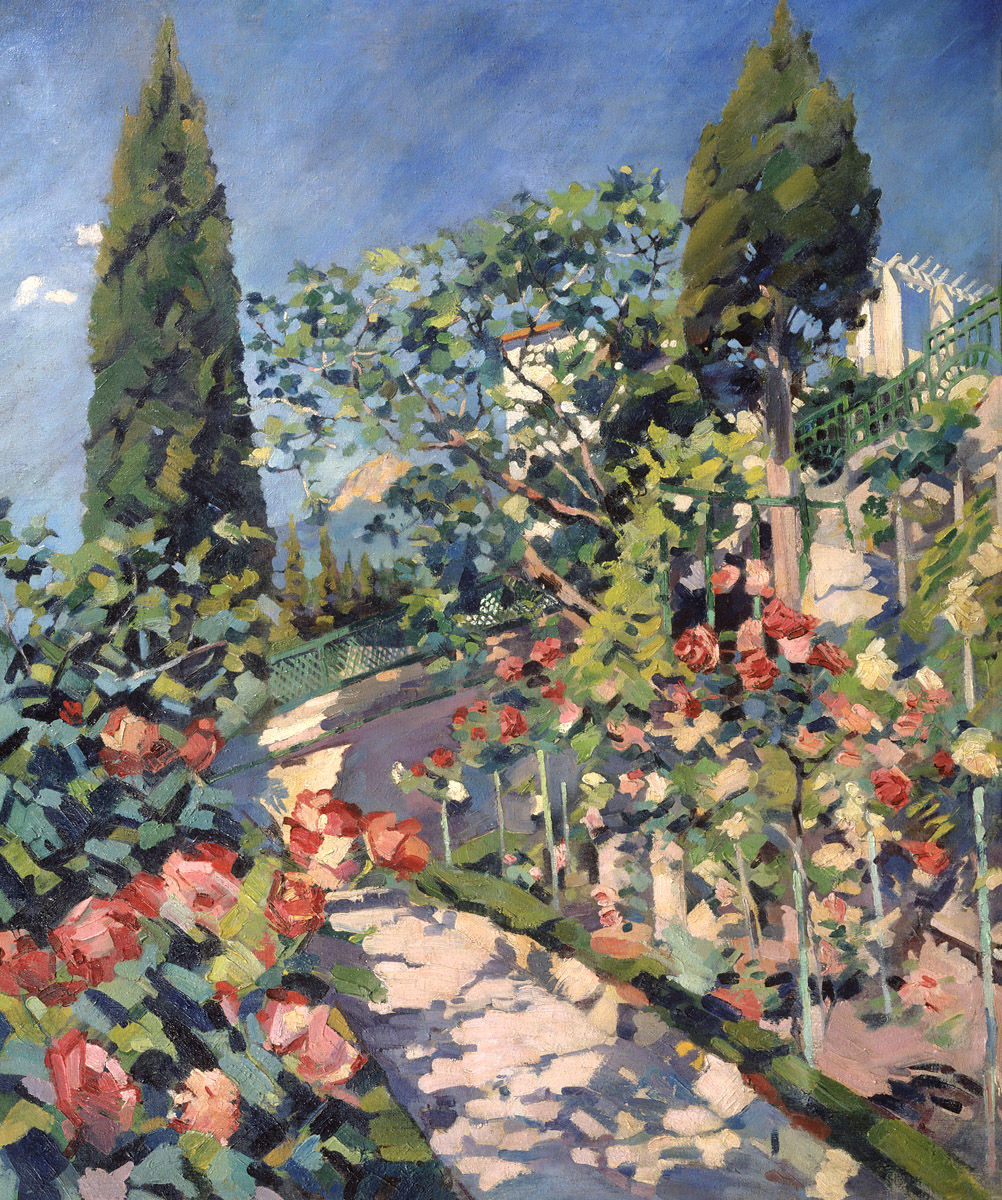
Sergei Arsenievich Vinogradov, Blooming May, 1915-1918. Oil on canvas, 106 x 88.5 cm. The Regional Art Museum, Novokuznetsk.
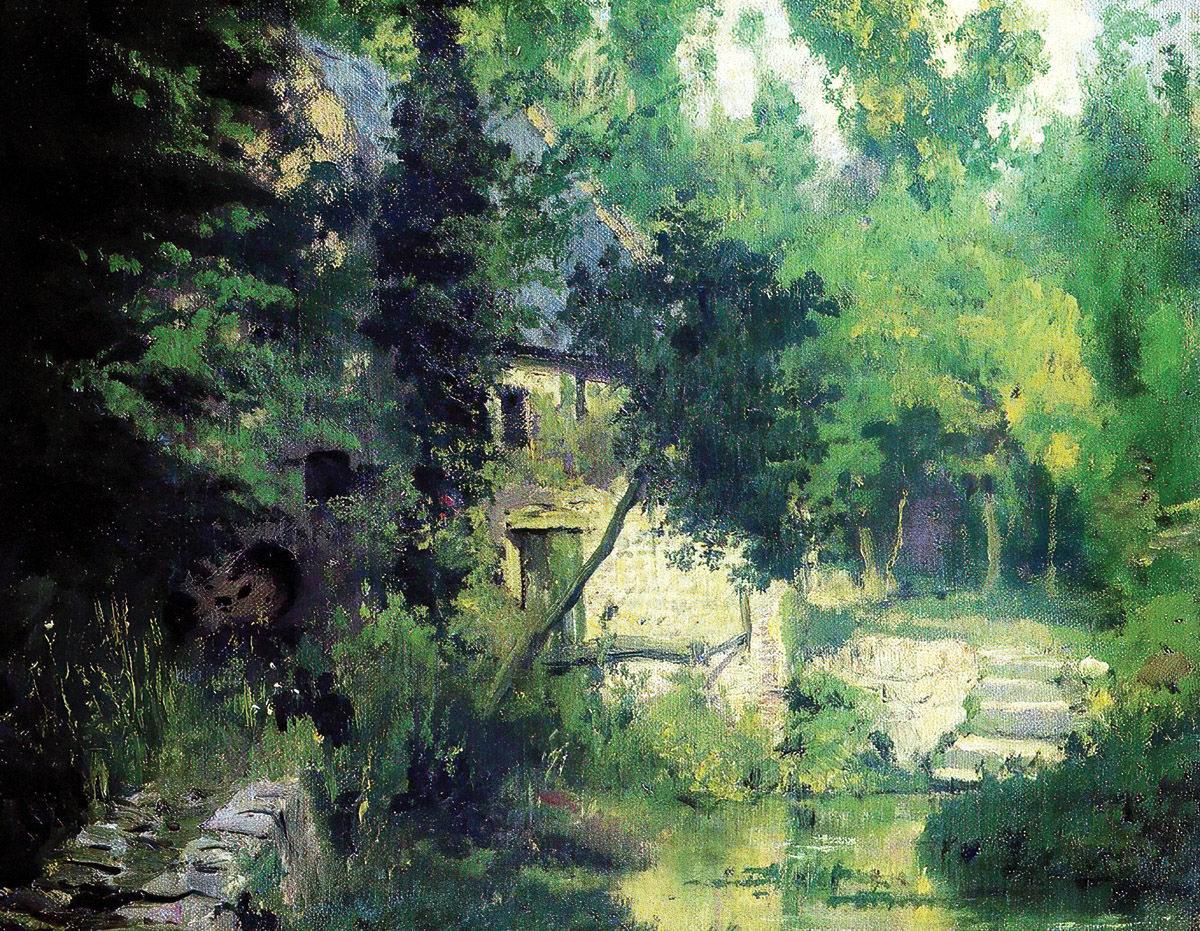
Vasily Polenov, Mill Source River Vel, 1874. Oil on canvas, 24 x 26 cm. The State Memorial of History, Art and Natural Museum-Reserve, Tulskaya oblast.
The last sentence even seems to anticipate the accusation of ideological art against the Impressionist system: the unfinished aspect, the absence of a grand and great idea were considered mortal sins up until the end of the last century.
The roots of Franco-Russian cultural discussions, however, lie far deeper. The Russians felt both chained and proud of their lack of freedom, their inclination towards an almost morbid self-analysis and apathy. Russian intellectuals recognised that the Russian national consciousness lacked the clarity and concreteness of thought that the French were so rightly proud of.
Of course, the lack of freedom of Russian culture lay in their idea of duty, their noble dedication, moral responsibility, and exalted conscience. In short, it lay in what had always been the prerogative of Russian artistic creation.
There was probably something in the way of jealousy on the Russian side.
Russian culture was jealous of the freedom that French culture possessed: freedom to experiment, independence from rules and censorship and liberal rigorism, freedom of expression and finally, the freedom from moral and social obligations.
No other thinkers have ever judged their own country as severely as the Russians. Woe to the nation that slavery knew not how to degrade. It is born to be a slave.
For the Russian artist, the feeling of pain and duty have always dominated over creative problems. Content and ethics provided the motives for cultural change.
In the 1860s, rebels appeared among artists in Russia as well as in France. The artists who demonstratively left the Academy, demanded one thing: the right to give up, in the name of social truth, the traditional mythological themes and to turn towards the authentic life of the people.
The creation of the Artists Association (1863) and later the Society of Itinerant Art Exhibitions (1870) marked exclusively the quests in content but not plastics. Adrian Prakhov (1846-1916), archaeologist and art expert from St. Petersburg University wrote: The search for truth, no matter what, at once guarantees the normal evolution of natural artistic forces and frees this evolution from all outside oppression it is the most sincere and truest quest for freedom. This important process of inner emancipation came to an end in the Russian art of the last decade. Such was the Russian understanding of freedom in art.

